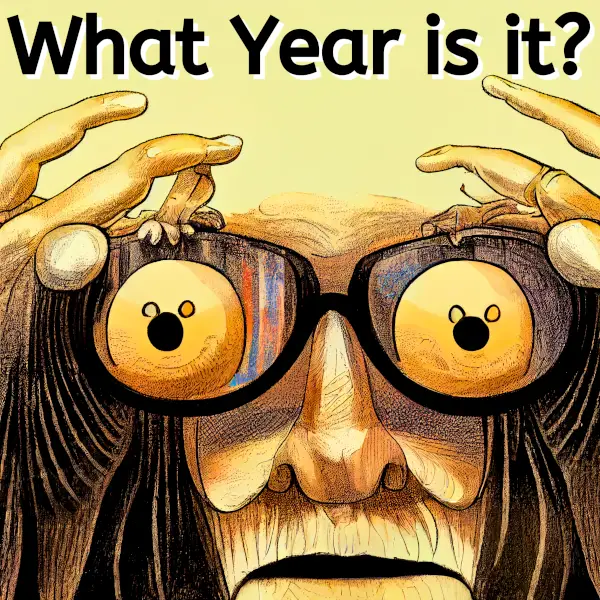
“Don’t just count your years, make your years count.” — George Meredith
Time is a wonderful thing. Some people don’t think it exists. We know the theory of relativity challenged a lot of our preconceptions about the idea, too. The fact is, time for the most part in our silly little simian brains is a construct, a measurement of our surroundings.
And since we are human, after all, the measurements that go into our time-based traditional calendars tend to be a little off, too.
While most countries today follow the Gregorian calendar, you might be surprised to find out that many places around the world don’t!
It begs the question, what year is it according to the world’s various calendars?
Let’s begin with a bit of history.
What time is it? The Julian calendar
The story starts with a famous little tyrant many of us are familiar with: Julius Caesar. Possibly named after the amazing chicken salad dressing, a few years before his timely death he had the idea:
“What if I renamed time itself?”
And so he did.
In 45 BC, or AUC 709 as it was called back then, Julius had his scholars — including the famous astronomer Sosigenes of Alexandria — enact a new calendar, lovingly called the Julian calendar. It was implemented across the Roman empire, meant to bring order across the vast swaths of the conquered land.
The calendar was somewhat simple.
Since the year was thought to be 365.25 days long, every year would be 365 days, and every fourth year would be 366 days — the so-called leap year. But there was a slight problem; every year is actually 365.2422 days long, give or take an alien race’s interpretation.
And yet it remained in place, long after Caesar’s death. All the way until 1582!
The Gregorian calendar
In steps Pope Gregory XIII, with the calendar most of us are familiar with today.
In the 1500s, the Catholics had a problem. Since the original Julian calendar was slightly off — by almost one day every 100 years — Easter was nowhere near the equinox, a day it was most certainly based around.
So, the old pope decreed in 1582 that his new calendar, also lovingly named after the person in charge, would be THE calendar moving forward. It was adopted in most of the Catholic countries of the world as well as their colonies.
Of course, not everyone agreed — especially the Protestants. That’s why countries like Germany and England didn’t adopt the new time calculations for more than a century.
Somewhat humorously, whenever the flip from the Julian to the Gregorian calendar was implemented, literal days were erased from time.
If you thought losing or gaining an hour with daylight savings time was strange, imagine losing 10 days this year!
Oh, where does the time go?
How does the Gregorian calendar work?
Fast forward 500 years and the world still mostly uses the Gregorian calendar. If you’ve ever wondered how exactly leap years work, well it’s thanks to a polymath doctor and astronomer named Aloysius Lilius.
His advanced calculations ended up with rules that may seem strange on the surface, but work great at fixing the original problems of the Julian calendar.
The leap year rules, according to the United States Naval Observatory, are:
“Every year that is exactly divisible by four is a leap year, except for years that are exactly divisible by 100, but these centurial years are leap years if they are exactly divisible by 400. For example, the years 1700, 1800, and 1900 are not leap years, but the year 2000 is.”
But not every country or religion wanted to adopt this new form of time.
Some considered it arrogant of the west. Others didn’t give a flying poopinani. Others had their own reasons (and dictators) for different calendar systems.
Let’s take a look, shall we?
What year is it in the Buddhist calendar? Year 2565
Many of the countries located in Southeast Asia use the Buddhist calendar for some official occasions and many religious ones, too. The Buddhist calendar is a combination of lunisolar calendars that adhere to a system mostly based on an Hindu calendar.
The Taiwan calendar (Minguo calendar): Year 111
If we pop over a bit further east to Taiwan, you’ll find a dual calendar system. The first one implemented in the late 1800s is the usual Gregorian calendar.
But the other version is called the Minguo (民國 or Mínguó) calendar, first applied with the establishment of the Republic of China — the rise to power of a new government after the last emperor of China. As Taiwan was ruled by Japan at the time, it wasn’t implemented in Taiwan until 1945.
To calculate what year it currently is in the Minguo calendar, simply subtract 1911, giving today’s year of 111.
What year? Japanese Calendar: Reiwa 4
Initially adopted from China, the era name (元号, gengō)) calendar system has been used in Japan since AD 701! Even cooler, since 1912, when Emperor Taishō ascended the throne, each era is restarted from scratch.
On May 1, 2019, Emperor Naruhito ascended the throne to become the 126th Emperor of Japan. As such, the current year in the Japanese Reiwa calendar is only 4!
What year is it in North Korea? Year 111
Hop on over to North Korea (mind the landmines) and you’ll see a year oddly related to Taiwan. North Korea — or the “Democratic” People’s Republic of Korea — reset time according to when their first Dear Leader, Kim Il-sung, was born.
That was in 1912, just like Taiwan’s first year of its calendar. The system is called the Juche calendar, named after the government’s official Juche ideology.
Thai Solar Calendar: Year 2565

Two calendar systems are used in Thailand, the Thai solar calendar (basically the Gregorian calendar) and the Thai lunar calendar (highly related to the Buddhist calendar). The introduction of the solar calendar was first made in 1889 by King Chulalongkorn (Rama V).
What Year Is It? The Chinese Calendar: Year 4719
For millennia, the traditional Chinese calendar was based on a lunisolar system — with dates being arranged around the cycles of both the moon and sun.
But similar to Taiwan, and definitely highly related to their history, China’s government adopted the Gregorian calendar for official use in 1912. The lunisolar calendar is still heavily used for choosing the dates of holidays, weddings, funerals, and many other aspects of non-civil government society.
The original calendar was created long, long ago between the years 771 and 476 BCE!
Byzantine Calendar: Year 7531
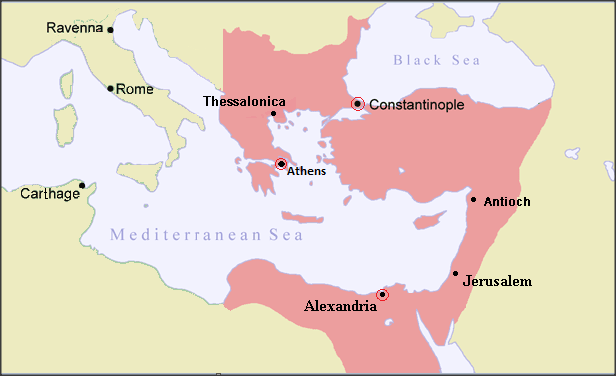
The Byzantine empire also had their own calendar, almost entirely based on the Julian calendar mentioned before. The one difference? The new year began on September 1 in this version. They used it from 988 to 1453.
The same calendar was also used by the Eastern Orthodox Church from 691 to 1728 and Russia in 988 to 1700. The fun part about this calendar system? The apparent date of all creation was September 1, 5509 B.C.
Ethiopian Calendar: Year 2014
The Ethiopian calendar, or Ge’ez calendar, is also quite unique. Firstly, it’s a solar-based calendar where the year starts on August 29 or 30, depending on the year. It’s also derived from the Egyptian calendar with a gap of almost eight years when looking at the modern Gregorian calendar due to a leap year every four years.
Interestingly, the Ethopian calendar has twelve months with thirty days each, and an extra thirteenth month containing five or six epagomenal days — extra days added to catch up to the moon phases or seasons.
What Year Is It Right Now? Hebrew Calendar: Year 5782
The Hebrew calendar, or Jewish calendar, represents the number of years since the beginning of creation. The beginning of the calendar starts in year 3761 BC, which is when the world was created according to the Old Testament.
Although the state of Isreal uses the Gregorian calendar, the Jewish calendar is still in heavy use for holidays, religious dates, daily Psalm readings, and even in agriculture.
Holocene Calendar: Year 12022
While not in use by any government, the Holocene calendar, or Human Era (HE) calendar is quite an interesting new approach. It was proposed by a scientist named Cesare Emiliani in 1993 and was meant to deal with the problem of BC and AD being based around the birth of Jesus — a quite arbitrary thing for most of the world’s population.
He also pointed out a few other problems:
- Counting backward from BC is strange and complicates counting
- There is no year 0
- Modern scholars think it’s far likelier Jesus was born in 4 BC
His proposal was to use the beginning of the human era as the start date, and estimated 10,000 BC as the date. It also makes the yearly calculation quite simple, just add 10,000 to the current year in the Gregorian calendar!
There’s only one remaining problem, the International Union of Geological Sciences has since established the beginning of that era as starting in 9701 BC, thus rendering the calendar off by about 300 years.
What Year Are We In? Islamic Calendar: Year 1443
The Islamic calendar, also known as the Hijri or Muslim calendar, consists of a 354-355 lunar calendar with 12 months. The first year in the calendar is when Muhammed and his followers went from Mecca to Medina and created the first Muslim community. This event was called the Hijrah and is why the years are sometimes marked as H or BH (Before the Hijra).
Definitions of Calendar Terms
And just in case you were wondering about some of those strange acronyms used throughout the article, here’s a brief overview.
What does AD mean?
AD stands for anno Domini and is Latin for “in the year of the lord”. It marks the years after the assumed birth of Jesus Christ in the Julian and Gregorian calendars.
What does BC mean?
BC stands for “Before Christ”, but has become a contentious term in more modern times due to religious issues.
What does CE mean?
Given the religious nature of AD and BC, a more neutral term was created. CE stands for “Current Era” or “Common Era”. Some people also denote it as C.E.
What does BCE mean?
For the same reasons above, BCE is considered a far more neutral term to use for dates. BCE stands for “Before the Current Era” or “Before the Common Era”. Some people also denote it as B.C.E.
What is a lunar calendar?
A lunar calendar is a system based on the moon’s monthly cycles.
What is a solar calendar?
A solar calendar is a time system based on the amount of time it takes the earth to rotate around the sun in one cycle.
Head over here for more of my written shenanigans.


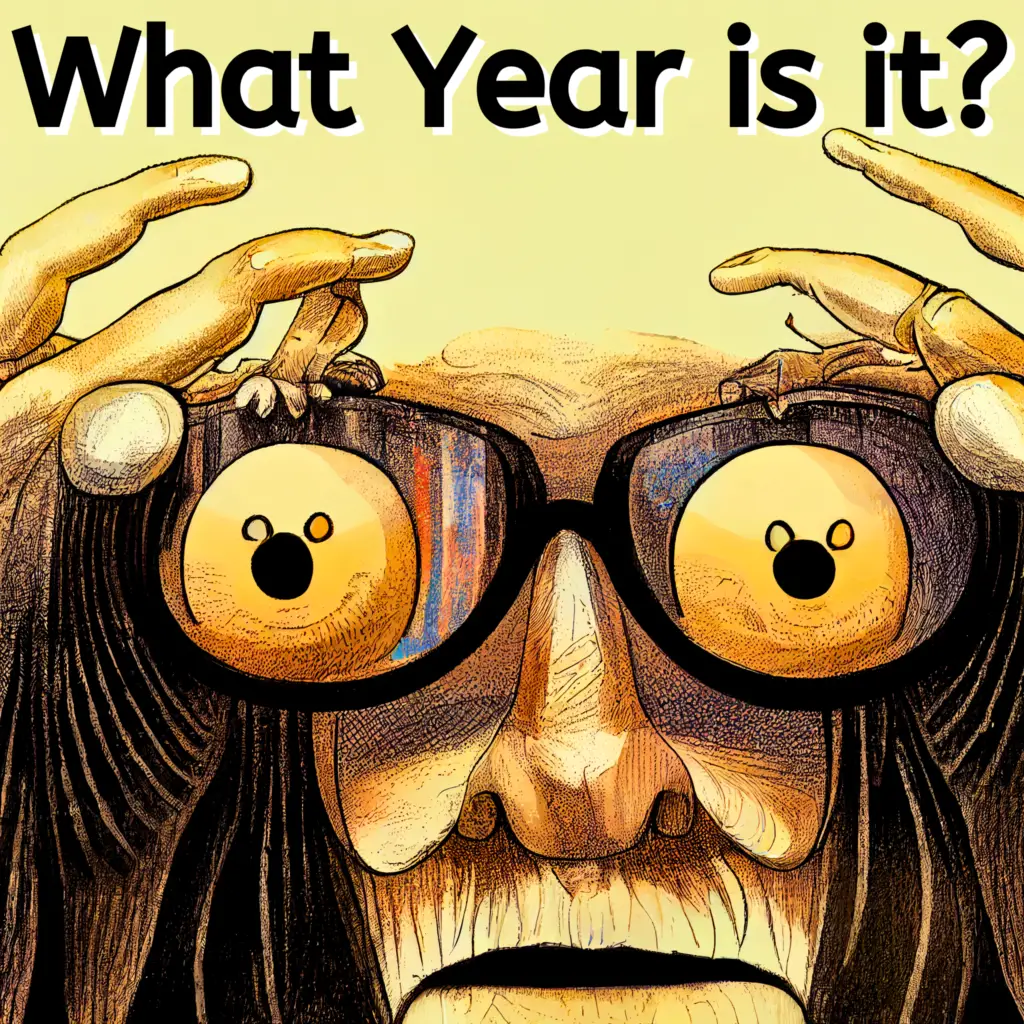
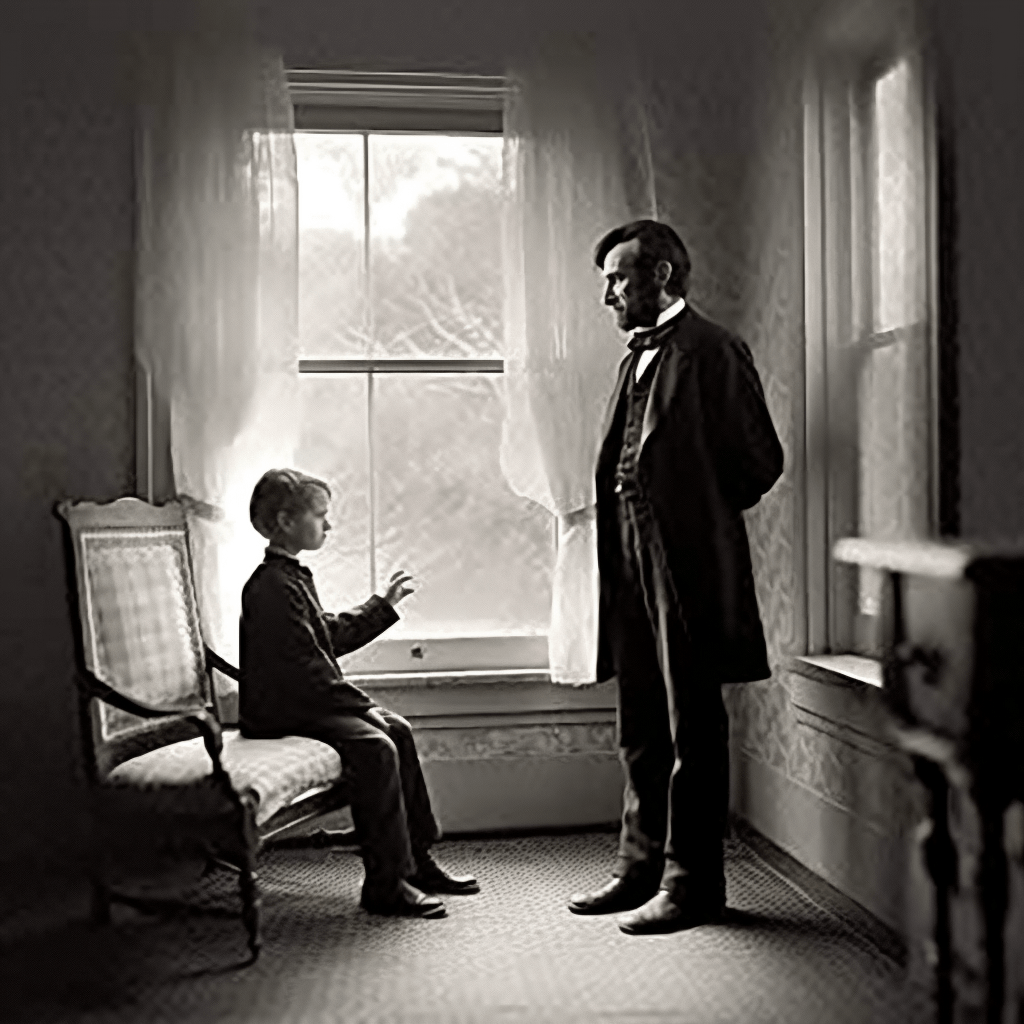

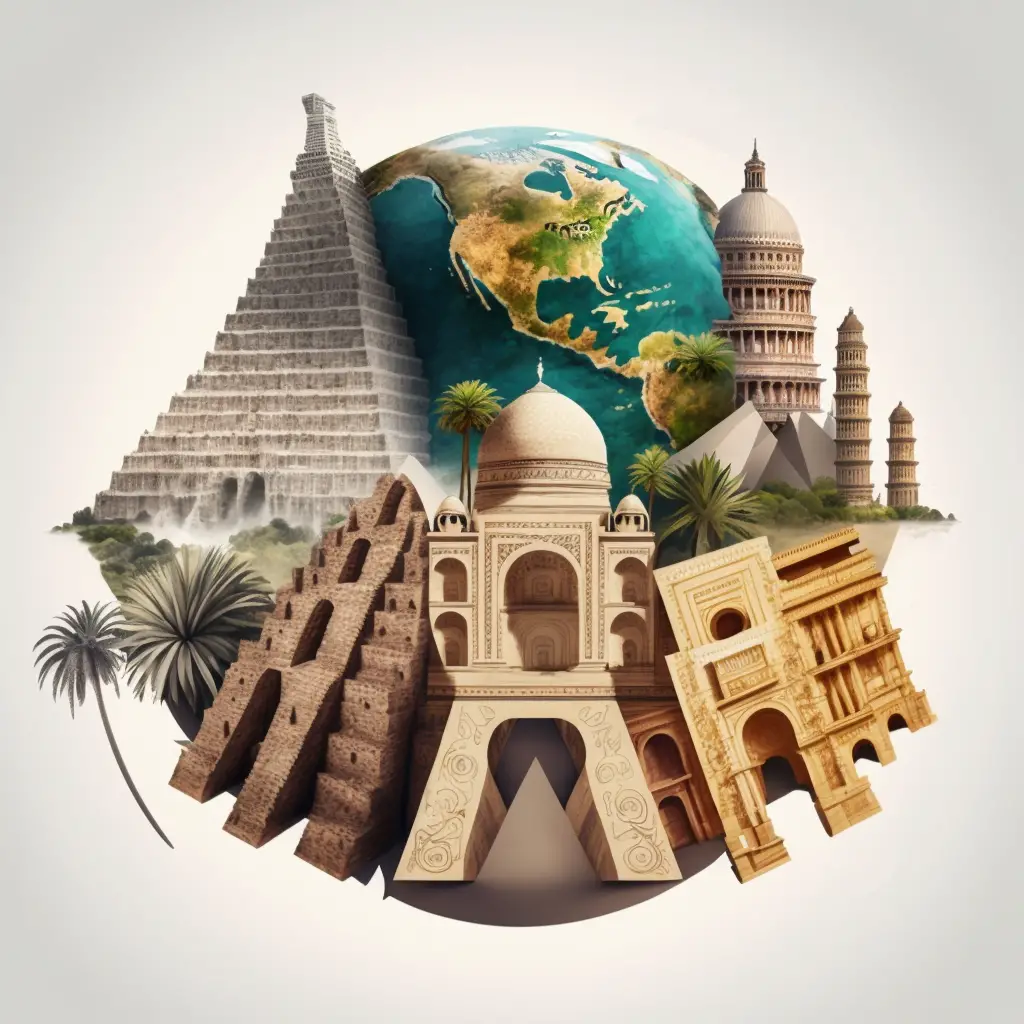
Pingback: What Year Is It? A Comprehensive Guide for the Time Traveler - Creativindie